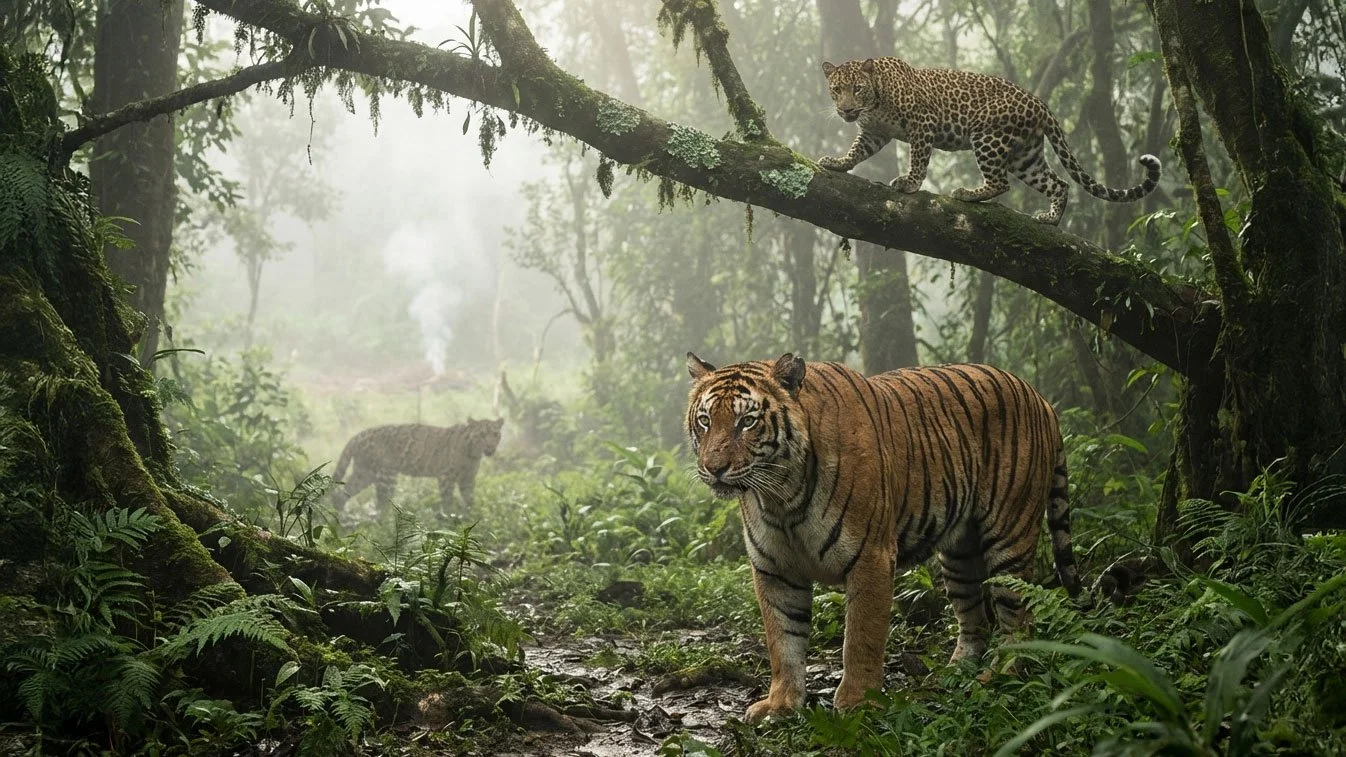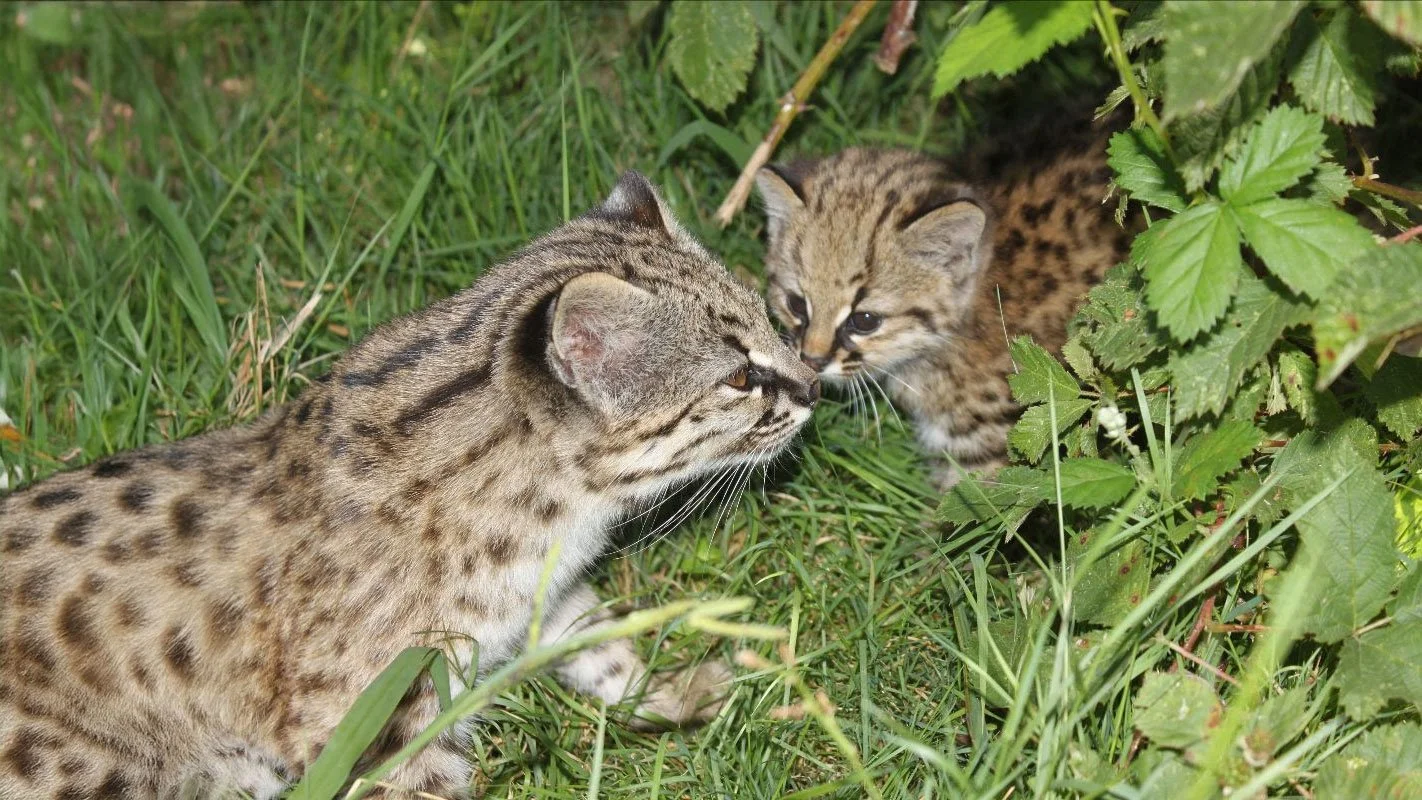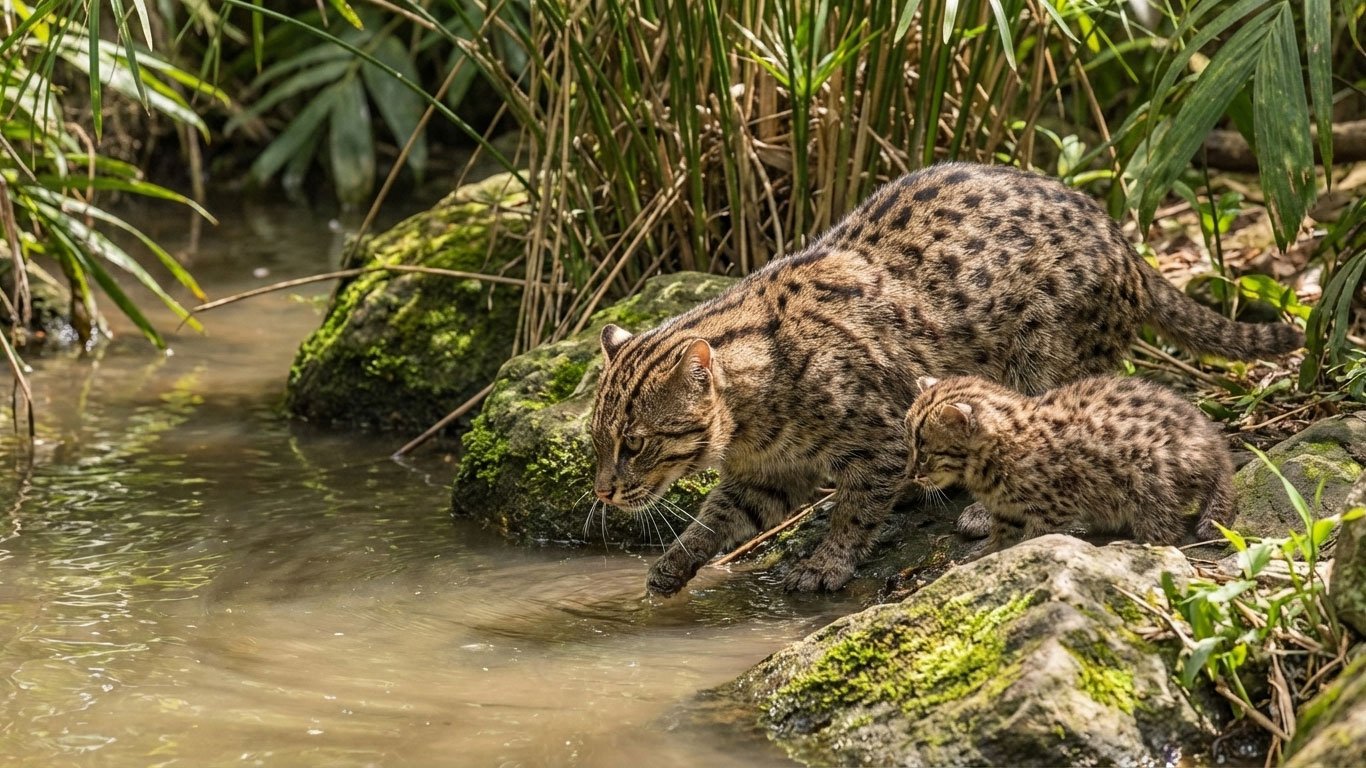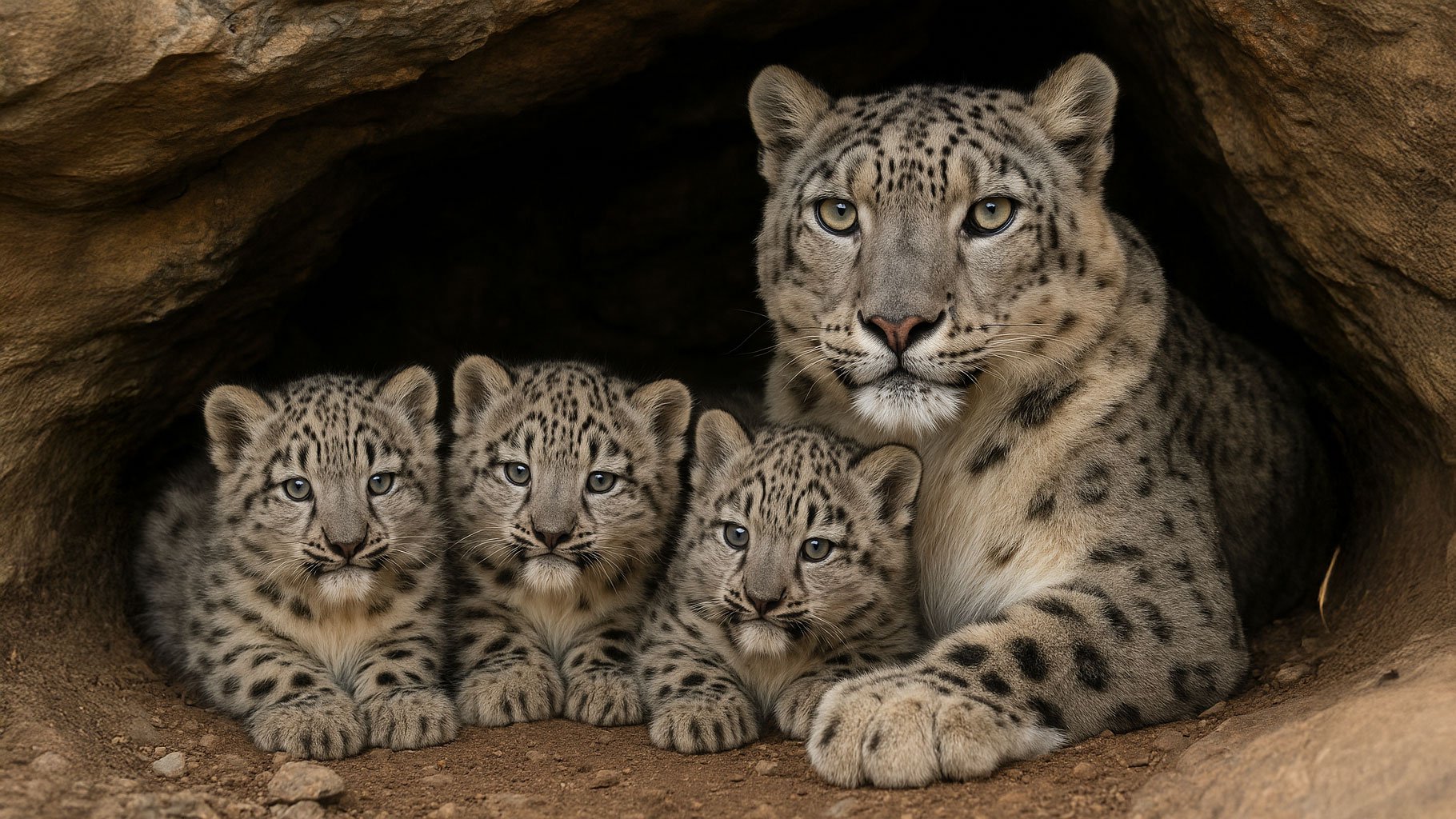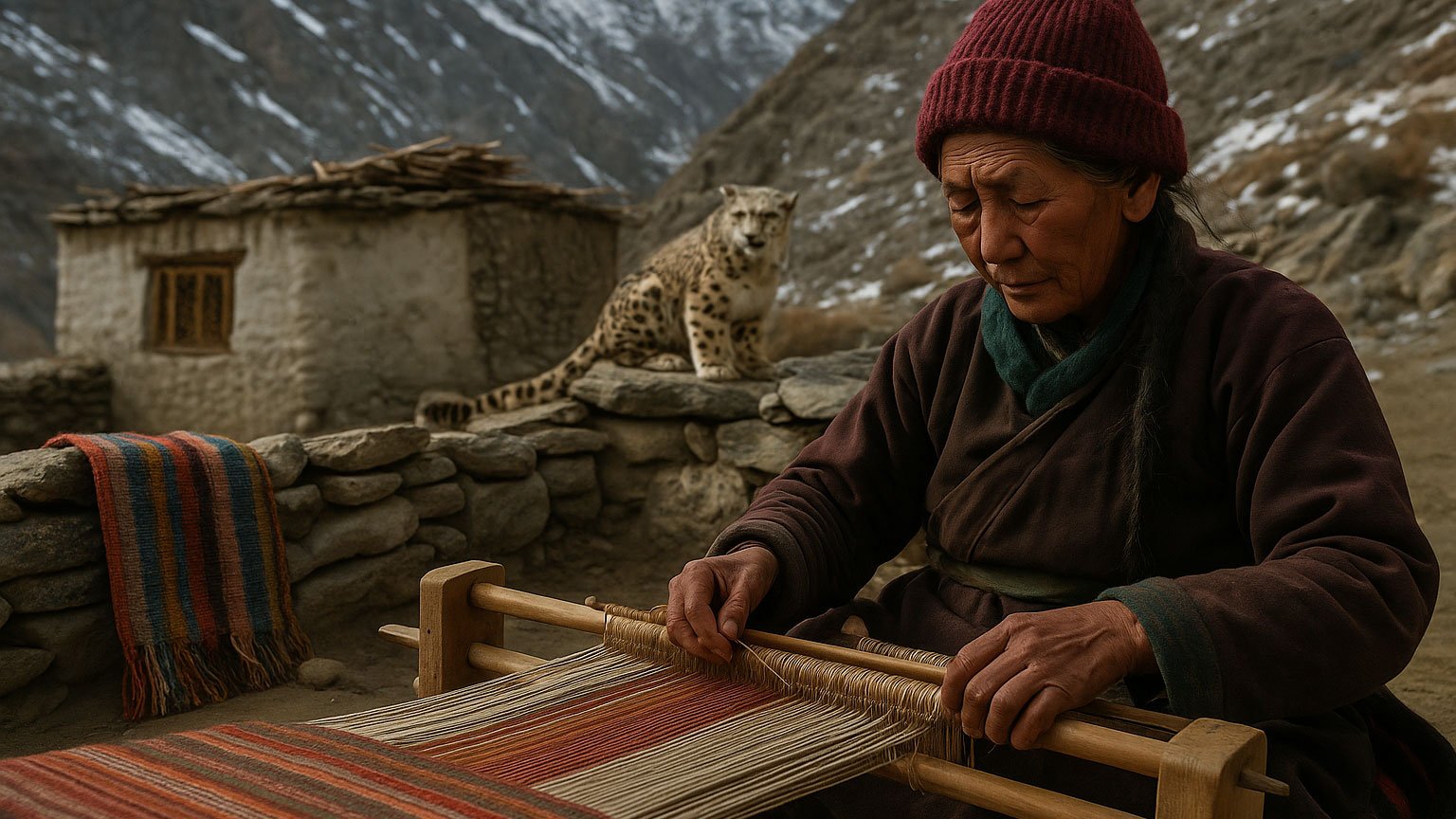Conservation Projects
See insitu conservation projects funded by Big Cat Rescue by clicking on the pins on the map below or the + by cat at left:
Previous Donations to Conservation Projects for Wildcats in the Wild
Our conservation funding started back in the 1990s when we provided funding for small wildcats workshops in Costa Rica and Nevada. In 2005 we funded $8950 in projects. In 1997, at the urging of our President, Jamie Veronica Murdock, we began supporting the Snow Leopard Trust through their Irbis Enterprises, and were their second largest customer for handicrafts made by local people to protect snow leopards until we closed in 2020. We didn't track insitu donations formally until 2006 and from then until 2014 our donations, over and above those for SLT, were around $5,000 per year. In 2015 we were able to increase our conservation funding to $29,000. In 2016 we increased our wildcat conservation funding to $51,000. In 2017 we were able to increase it to $89,000. From 2018 - 2022 we were able to provide critical conservation funding to those protecting wildcats globally with $100,000 per year. In 2023, despite all of the challenges from COVID 19 and having been closed for tours since 2020 we were still able to increase our insitu funding to $131,000. Not counting donations prior to 2006 and not counting any of our support to the Snow Leopard Trust, we have donated over the $1,000,000 million dollars through 2024.
See More Detail on InSitu Work Funded by Big Cat Rescue
See the current year of InSitu work here: https://bigcatrescue.org/insitu/
See InSitu work from 2025 here: https://bigcatrescue.org/conservation-news/insitu-2025
See InSitu work from 2024 here: https://bigcatrescue.org/insitu2024/
See InSitu work from 2023 here: https://bigcatrescue.org/insitu2023/
See InSitu work from 2022 here: https://bigcatrescue.org/insitu2022/
See InSitu work from 2021 here: https://bigcatrescue.org/insitu2021/
See InSitu work from 2020 here: https://bigcatrescue.org/insitu2020/
See InSitu work from 2019 here: https://bigcatrescue.org/insitu2019/
See InSitu work from 2018 here: https://bigcatrescue.org/insitu2018/
See InSitu work from 2017 here: https://bigcatrescue.org/insitu2017/
See InSitu work from 2016 here: https://bigcatrescue.org/insitu2016/
See Insitu work from 1996 - 2015 here: https://bigcatrescue.org/conservation-news/past-conservation-donations
